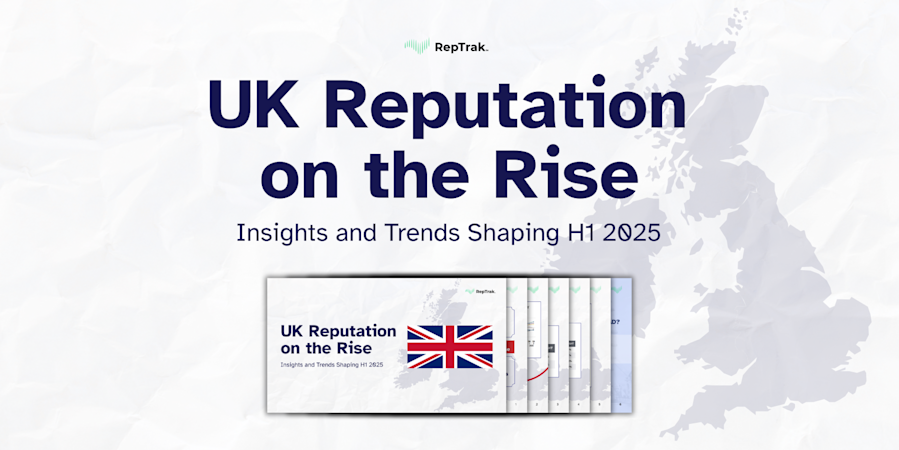How to Instill a Data-Quality Mindset Without Enrolling Your Team in Coding Classes
Blog Post09 Jun, 2020
Without a doubt, Marketing and Corporate Communications professionals benefit immensely from applying advanced analytics to quantify outcomes and optimize business decisions. You might have recently participated in the process of choosing and pitching a new data vendor to your company. Or perhaps you’re responsible for updating your leadership team with monthly KPI dashboards, brand tracking results, or monitoring the impact of your latest paid media campaign.
Unsurprisingly, corporate spending on data is on the rise: according to the August 2019 CMO Survey, corporate marketers reported a 27% increase in the implementation of artificial intelligence (AI) and machine learning (ML) in marketing toolkits compared to just six months prior. They also projected a 59% increase in the use of these tools in the next three years.
The idea of implementing new analytics into our decision-making framework can be alluring and a strong indicator that a corporation is forward facing. However, in order to increase the chances of achieving the desired results, the implementation of a more data-driven strategy needs to go hand in hand with a discussion about a much less thrilling topic: data quality.
The high cost of bad data
To activate a data-driven strategy that provides actionable and reliable insights, you need strong data. And the way in which we handle this data, or our data hygiene, can be equally as important as our ability to collect and collate reliable raw information. Maintaining the integrity of our data is especially relevant when budgets are tight and teams are looking to trim down costs that are not adding enough value.
According to a study by IBM, poor data quality cost the U.S. economy $3.1 trillion in 2016, and it’s safe to assume that this number has only increased with the additional reliance on these programs over time.
Worry not: A data-quality mindset does not mean that everyone in Marketing or Corporate Communications needs to enroll in coding classes. Increased automation, as well as the expanding role of data scientists—both internally and at our external vendors—have led to the implementation of many additional processes to protect and maintain our data pipelines.
Yet, as active consumers of data for decision-making, it is important that we also understand and contribute to keeping the integrity, reliability, and relevance of this valuable asset.
Here are a few tips for end users in Marketing and Corporate Communications to proactively guarantee the quality of your company’s data in three key stages: sourcing, analysis, and communication.
1. Quality in Sourcing and Collecting
Understand your data sources and collection methods. Today, corporate decision-makers are required to digest data from multiple sources. Is it survey data, people data, media data, enterprise data, behavioral analytics data? Take a minute to understand how these numbers were created in the first place, since that will likely determine the type of considerations in its use and application.
Question the source of your data. Are these numbers coming from a respectable source? Are your data vendors implementing filters to make sure respondents are answering correctly? If we are focused on media tracking, are we looking at reputable publications or low-reaching content, such as personal blogs? Is the source of data clean and up to date? These considerations matter in shaping the raw materials that we later use in our analysis.
Understand unintentional bias in the data. We have to ask ourselves, who is this data attempting to represent and is it accurately achieving that goal? Are we interested in a unique segment or stakeholder? Is one demographic group skewing the results? We then need to balance that against the desire to work with a sample that is representative enough and robust enough for the type of analysis we hope to perform. Does the data accurately capture the properties of the object it is meant to model? Survey data aims to make generalizations about a relevant target group and any underlying sample bias will impact the quality of our conclusions.
2. Quality in Analysis
All market research is time-sensitive, and data can expire. Like any ingredient, you should check the shelf life of your data before you begin analysis. Some initiatives, like a new paid LinkedIn campaign, require regular, timely updates to help you pick up preferences quickly and pivot in the right direction. Other initiatives might require longer to reach your audience and imply ongoing tracking to produce the strategic feedback you need. Understanding the life span of data can help us identify the limitations in the conclusions we try to draw from it and the weight we should give it in our decision making today.
Resist the temptation of jumping to quick conclusions. “Correlation does not imply causation” might sound like a cliché, but the truth is that we can find relationships between many unrelated variables if we try hard enough. If we are using data to infer relationships between two business variables, we need to ensure that we use a model that is backed up by an appropriate theory for the intended analysis. Correlations can be powerful indicators if a well-researched framework backs them up.
Keep an eye out for outliers. Unexpected results may indicate a new trend or a red flag that there is a problem in the data processing. Beware of GIGO, a computer science acronym that highlights how nonsense data leads to nonsense conclusions (it stands for “garbage in – garbage out”). Be vocal about these situations and engage subject matter experts before forming any definitive takeaways. While using data for actionable results, it’s always helpful to rely both on someone who knows the Data Science domain and the real-world industry domain. These may be two different members of your team. While so much of the data process is now mediated by AI, we still need human expertise to find meaning and value in the machine generated results.
3. Quality in Activation
Use data to answer business questions that will help the organization grow. Make sure the data is associated with a business impact, otherwise it may be filed under “nice to have” while not adding strategic value to the business. We should ask ourselves if the data is relevant to our business objectives. Is it appropriate to support the decisions we’re trying to make?
Think about how this data point fits within the broader data ecosystem. Can we use it to confirm other sources? Can we correlate it or compare it with other information? Most data does not exist within a vacuum; otherwise, its value might be severely limited. Ensuring consistency in how we use different data sets, utilizing the same definitions and practices, can help ensure our datasets complement and are additive to each other and contribute to a broader decision-making framework.
The value of your data depends on how you communicate it to internal and external audiences. The use of precise, easy to understand language is important. Responsible data communication within your organization is a culmination of all of the above, plus how you share it. Tell a story, but one that’s backed up by a responsible interpretation and citation of the results. Always take into account data privacy protocols, which is a key issue for corporations and also impacted by data users.
Data needs human interpretation
While AI and machine learning find their place in the work of marketers and communications campaigns, we have to remember that data-driven insights still require a human interpreter. Success in any organization will involve understanding both internal and external data as something that is still driven by human interpretations and biases.
Our ability to question, handle, and communicate data sets, as well as the conclusions we derive from them, will be key to thriving in an increasingly data-driven world. As budgets tighten, a quality mindset will also protect and maintain the value of our data within our firms.
Isadora Levy Director of Marketing Insights The RepTrak Company






